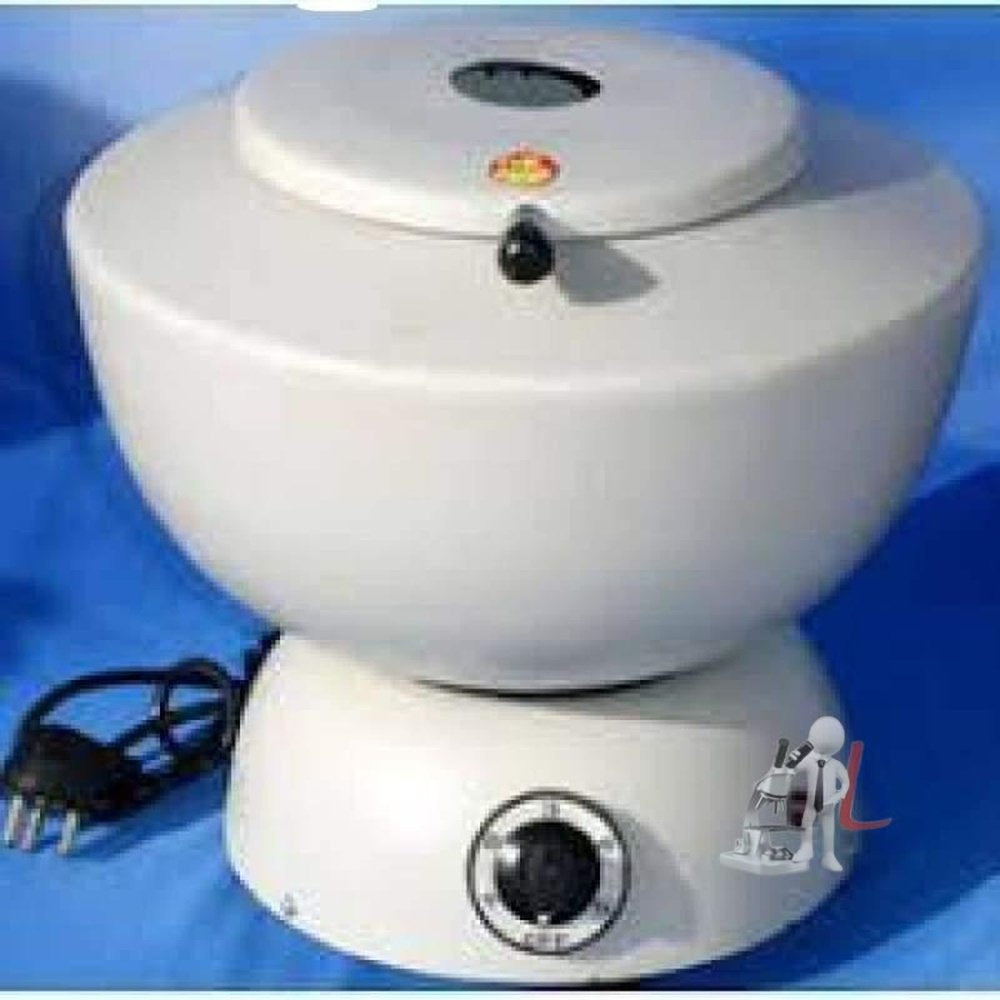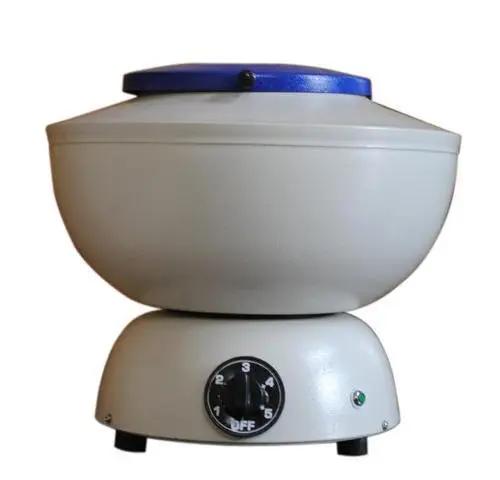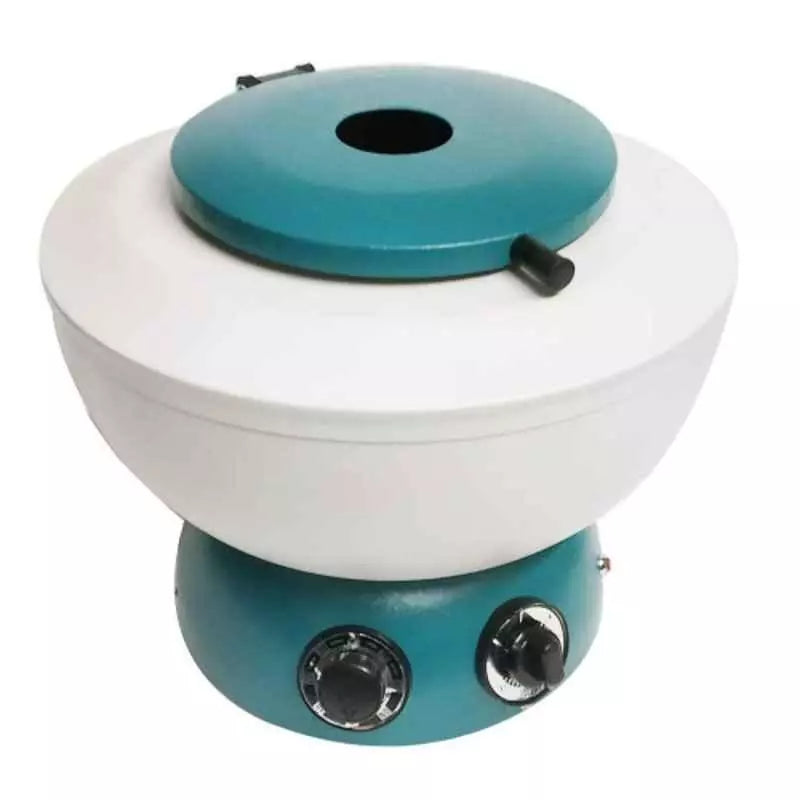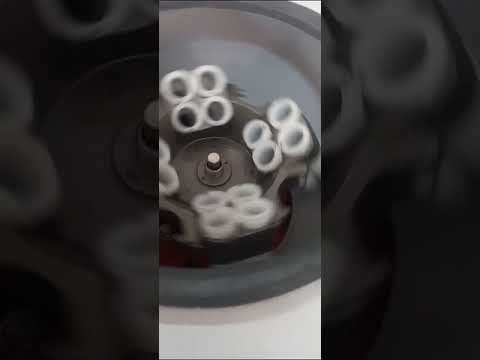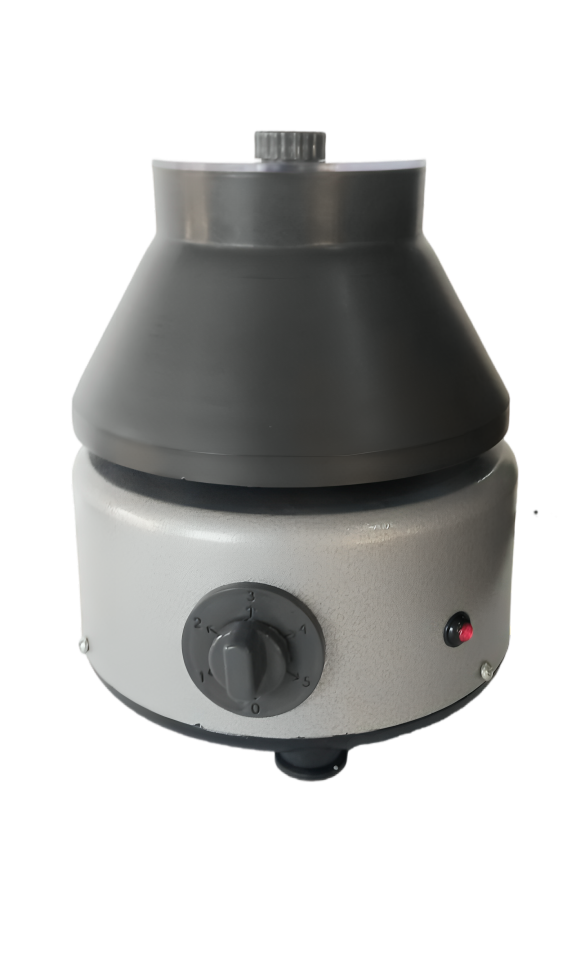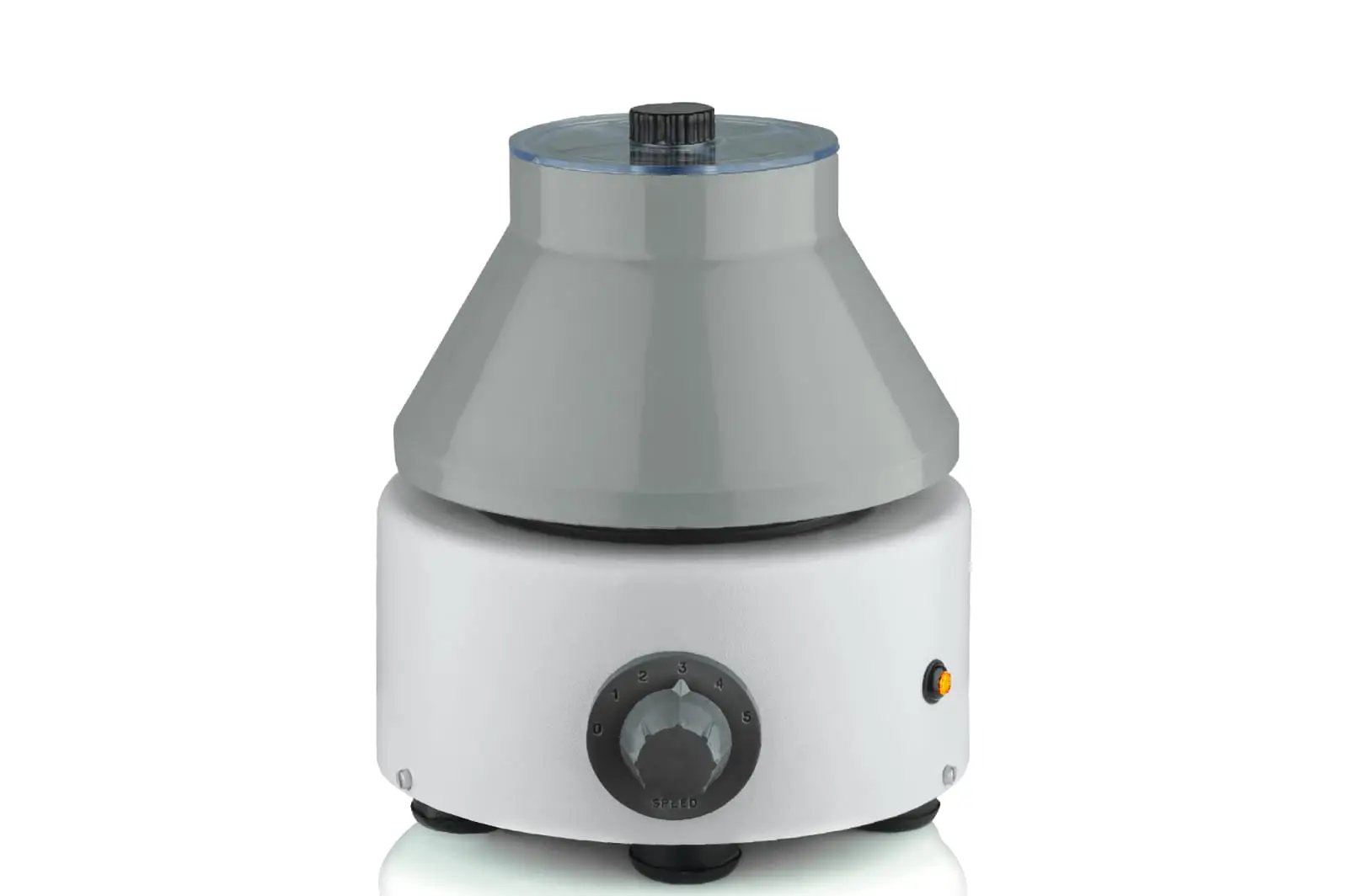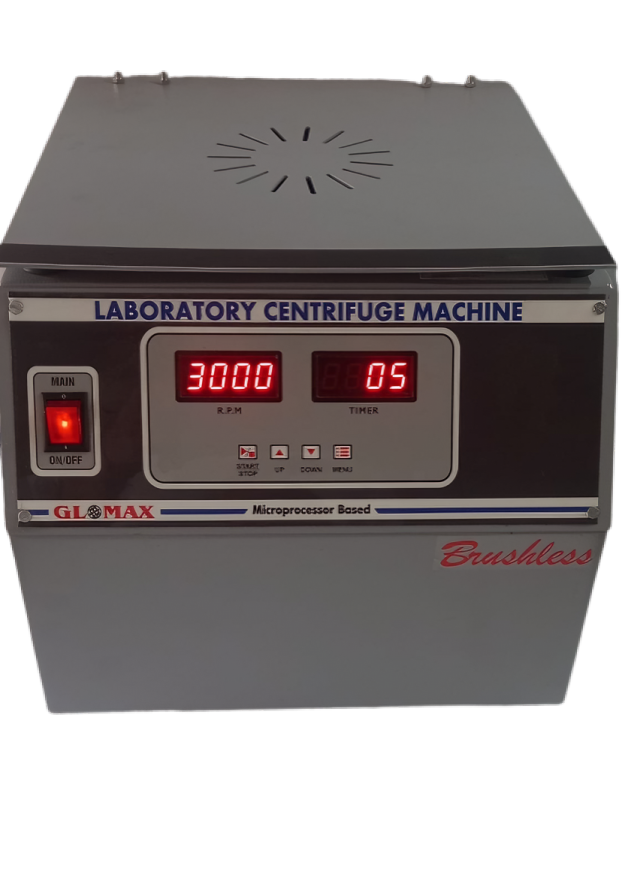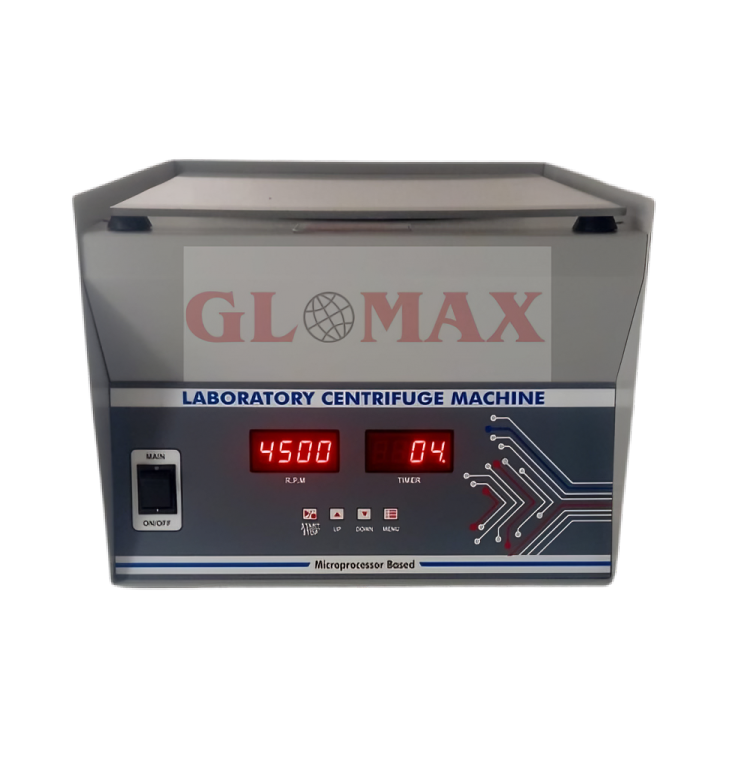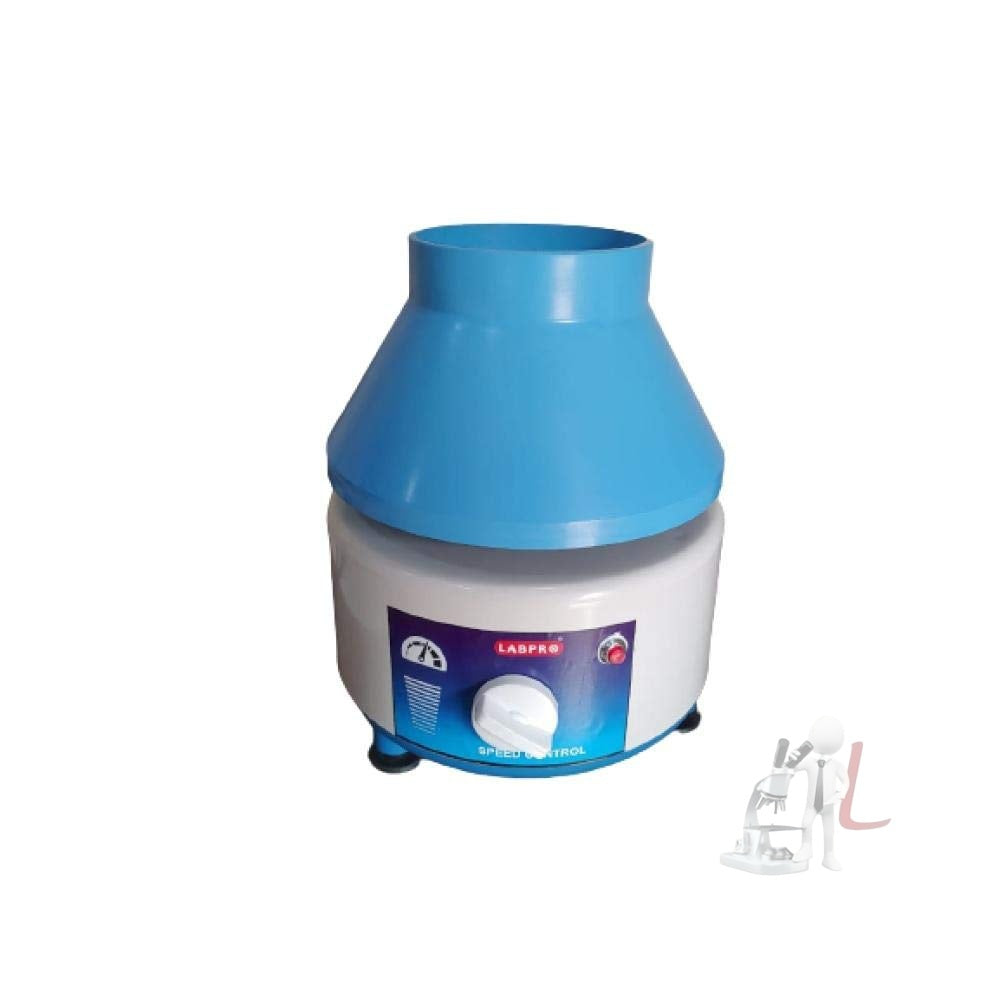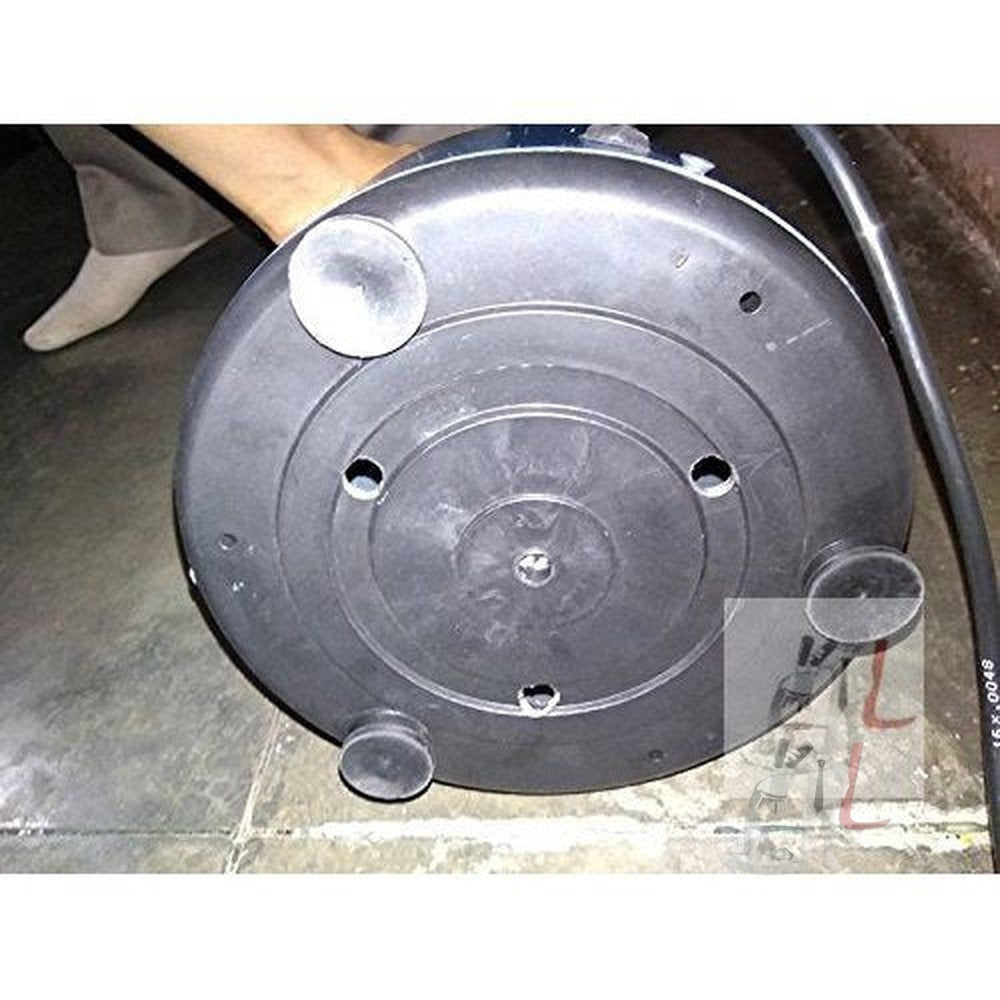Laboratory Centrifuge
Laboratory centrifuge is an essential piece of equipment in scientific research and medical laboratories. It is used to separate substances within a liquid based on their density, which is crucial for various applications such as blood sample analysis, purification of biomolecules, and cell culture studies. In the world of laboratory research, the laboratory centrifuge has become a fundamental tool that enhances efficiency and precision in experimental procedures.
The principle behind a laboratory centrifuge is based on the centrifugal force that is generated when the rotor spins at high speeds. As the rotor spins, denser materials within the sample migrate outward and settle at the bottom of the container, while less dense materials remain closer to the top. This process is vital for sedimentation, a method often employed in the preparation of samples for further analysis.
Laboratory centrifuges come in various types, including clinical, microcentrifuges, and ultracentrifuges, each designed for specific applications and sample types. Clinical centrifuges are commonly used in hospitals and diagnostic labs to separate blood components, such as plasma from red blood cells. Microcentrifuges are ideal for small sample volumes, typically found in molecular biology applications, while ultracentrifuges are utilized for high-speed separations, often needed in biochemistry and cell biology research.
When working with a laboratory centrifuge, it is crucial to balance the rotor with equal weights on opposite sides. Imbalances can lead to excessive vibrations, potential damage to the device, and inaccurate results. Additionally, it is essential to follow safety protocols, including securing the lid during operation and adhering to the maximum speed ratings specific to the centrifuge model.
The versatility of the laboratory centrifuge extends beyond traditional uses. Recent innovations have led to the development of specialized rotors and adapters that accommodate a broader range of sample types and sizes. For instance, centrifuges can be equipped with swing-out rotors for larger volumes or fixed-angle rotors for standard applications. These advancements contribute to the laboratory centrifuge's growing popularity in research environments and clinical settings.
Another important consideration in using a laboratory centrifuge is the temperature control. Many centrifuges come with refrigeration capabilities, which prevent the samples from overheating during separation. This feature is particularly crucial when working with heat-sensitive biological materials, as elevated temperatures can lead to denaturation or degradation of vital components.
Furthermore, laboratory centrifuges can be categorized based on their intended applications, including preparative and analytical centrifuges. Preparative centrifuges are utilized for the large-scale isolation of specific cell types or biomolecules, while analytical centrifuges are tailored for measuring the physical properties of particles in a solution. Understanding these distinctions allows researchers to select the appropriate centrifuge for their specific needs.
Regular maintenance of the laboratory centrifuge is essential to ensure its longevity and performance. Routine checks should include inspecting the rotor and containers for wear and tear, cleaning the interior and exterior parts, and calibrating the device to maintain accurate speed settings. By adhering to a diligent maintenance schedule, laboratories can extend the life of their centrifuges and ensure reliable results.
In conclusion, the laboratory centrifuge is an indispensable instrument that plays a significant role in modern scientific research and healthcare. Its ability to efficiently separate components within liquid samples makes it vital for a wide array of applications. By understanding the types of laboratory centrifuges available, their operating principles, and maintenance requirements, researchers and technicians can utilize this powerful tool to enhance their work and contribute to advancements in various scientific fields.
Filter
Sort by

